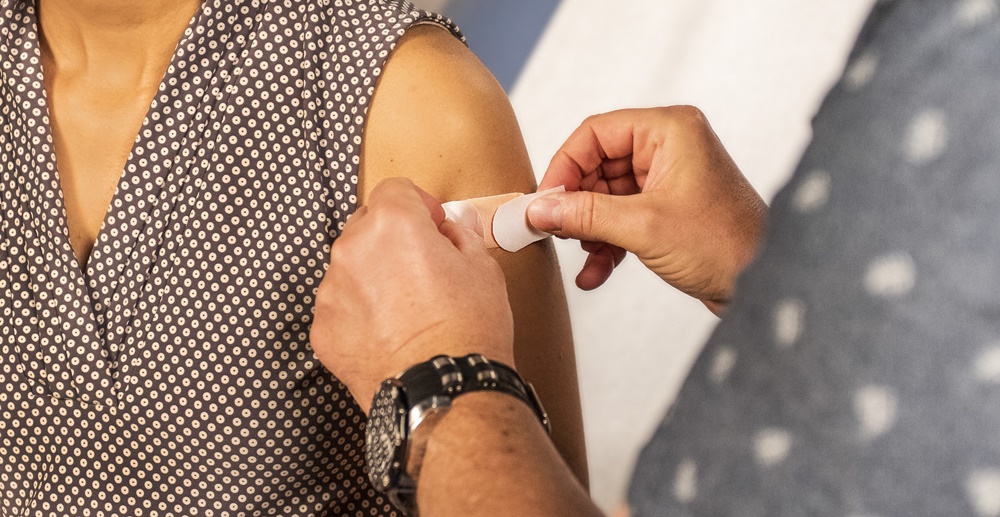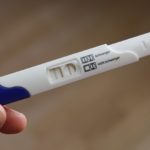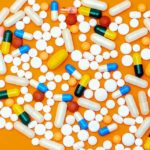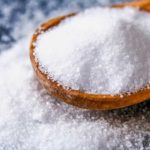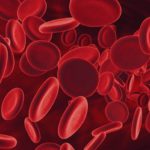SHBG hormone test – what is it done for?
Sex hormone-binding globulin (SHBG) is a protein that is manufactured in the liver. A small amount is also produced in the brain, uterus, testes, and placenta. It binds and transports the sex hormones in the blood. These include estradiol (estrogen) in women and testosterone and dihydrotestosterone in men. Bound to this protein, the above hormones remain in an inactive form.
The SHBG hormone test measures the concentration of this protein in the blood. The amount of SHBG in the blood varies with age, thyroid function, and obesity. It is reduced in liver diseases and by androgens. Its levels are increased by estrogens and in hyperthyroidism.
In males, changes in SHBG level affect the level of testosterone in the blood. In normal males, 40 to 60% of testosterone is bound to SHBG and the remaining is bound to albumin. About 1 to 2% of testosterone is unbound (free testosterone) and physiologically active. Although SHBG binds three hormones, the hormone that is critical in this test is testosterone. SHBG controls the amount of testosterone that is available to the tissues.
The uses of the SHBG test in men
This test is done for the assessment of testosterone levels. In males, it is the deficiency of testosterone and in females, an excess of testosterone leads to problems and calls for this investigation. This is usually done along with an estimation of other hormones related to gonadal function.
A total testosterone level in the blood is also assessed. A lack of testosterone is related to infertility in males. It is also associated with a low sex drive, impotence, or erectile dysfunction. A thorough clinical examination is essential before these tests are ordered. When the total testosterone levels are within normal limits but the above clinical features are present, then the SHBG test is performed.
Estimation of blood levels of free testosterone, albumin protein, and other sex hormones like prolactin, estradiol, and luteinizing hormone (LH) can also be done to assess the hormonal balance of these patients. Low levels of free testosterone may be associated with decreased sex drive, loss of muscle mass, decreased bone mass, and erectile dysfunction.
The role of the SHBG test in women
A very small amount of testosterone is produced in females. The site of production of this hormone is in the ovaries and the adrenal glands. Excessive production of this male hormone can easily disrupt the hormonal equilibrium and result in multiple problems. These symptoms include hirsutism (male pattern of excessive growth of hair), amenorrhea (infrequent or absent menses), acne and infertility due to anovulation. These features are also seen in association with ‘polycystic ovarian syndrome (PCOS) in which there is excessive production of androgens.
What is the importance of the abnormal level of SHBG?
A raised SHBG level results in increased binding of testosterone, thereby resulting in lesser hormones available to the tissues. On the contrary, if the SHBG level is low, more testosterone is available for action. This helps in the management of patients with an abnormal levels of hormonal balance.
Values of SHBG are raised in liver cirrhosis, hyperthyroidism, estrogen use (hormone replacement therapy and oral contraceptives), and hypogonadism (decreased sex hormones due to gonadal dysfunction).
It is reduced in obesity, polycystic ovarian syndrome, hypothyroidism, hirsutism, use of anabolic steroids, acne, and Cushing’s disease.
Other uses of the SHBG test
SHBG concentrations are inversely related to body mass index and fasting insulin levels. There is an inhibitory effect of insulin on SHBG secretion. Scientific studies have found that SHBG levels could be a marker of insulin resistance. Also, an increased risk for noninsulin-dependent diabetes and overall mortality are associated with decreased SHBG levels in postmenopausal women.
SHBG levels are directly proportional to the concentration of blood cholesterol. Therefore, the measurement of SHBG in clinical practice can be a useful diagnostic tool for evaluating insulin resistance and the risk of heart disease.
